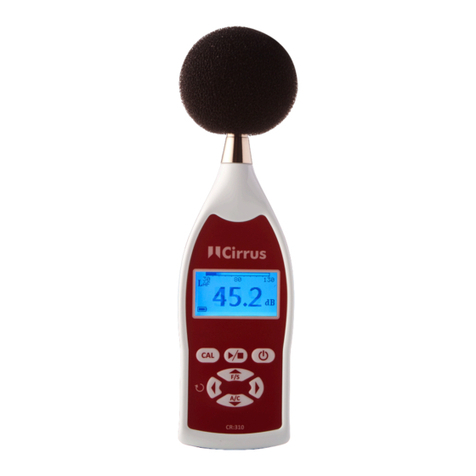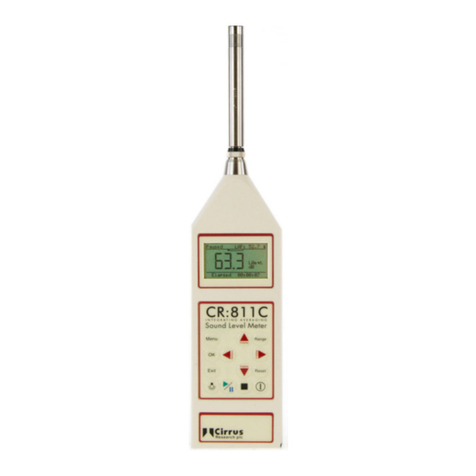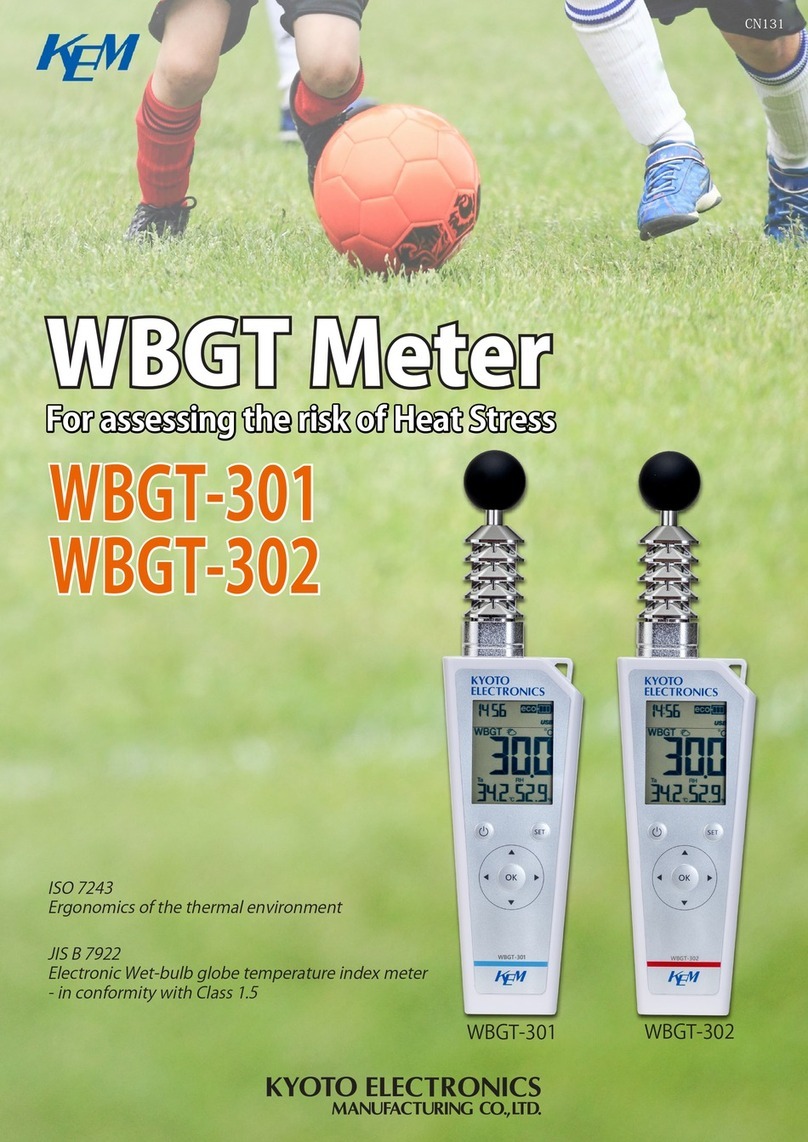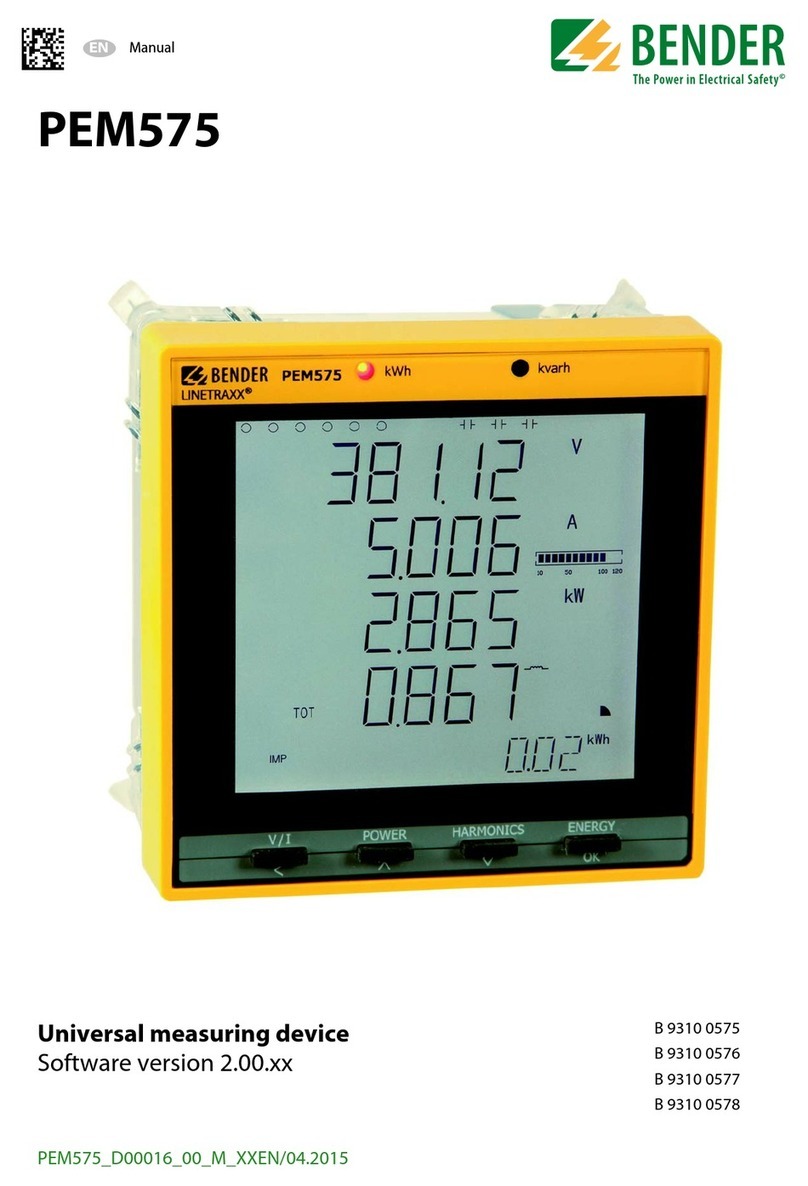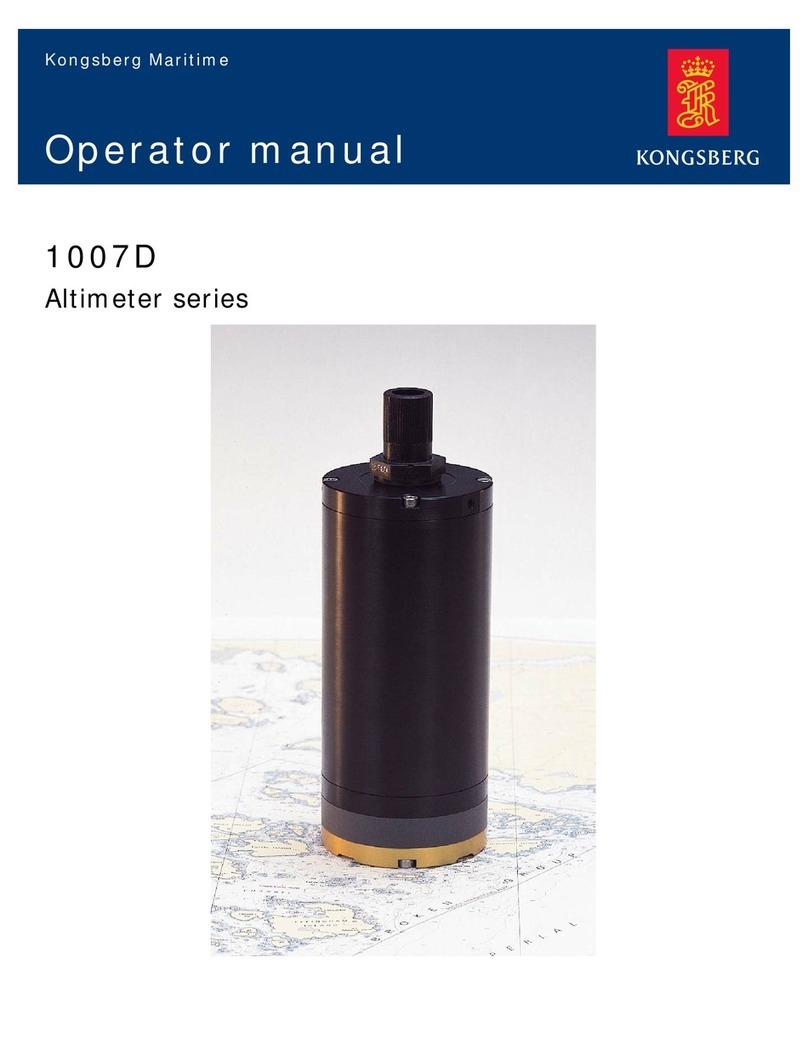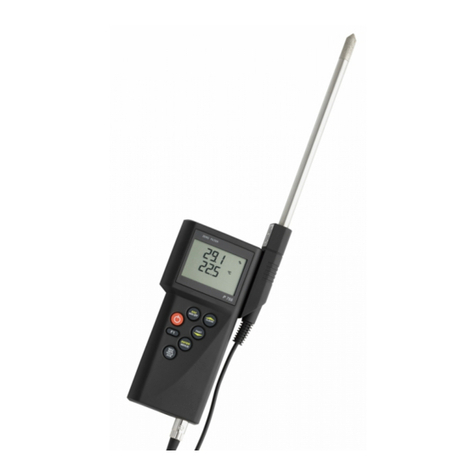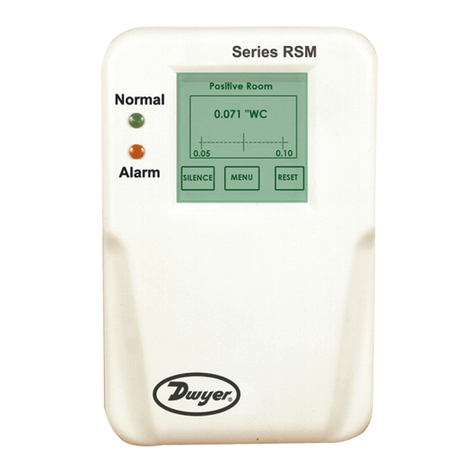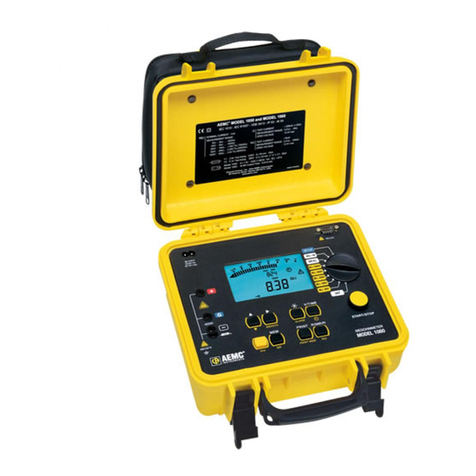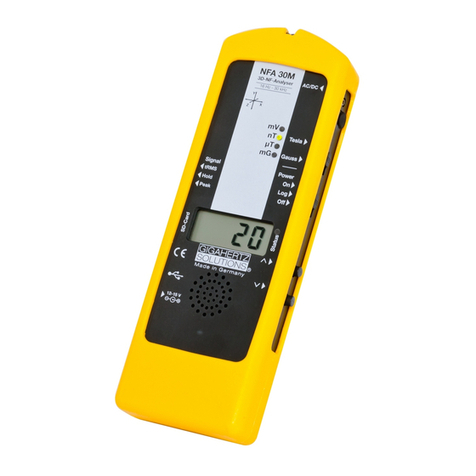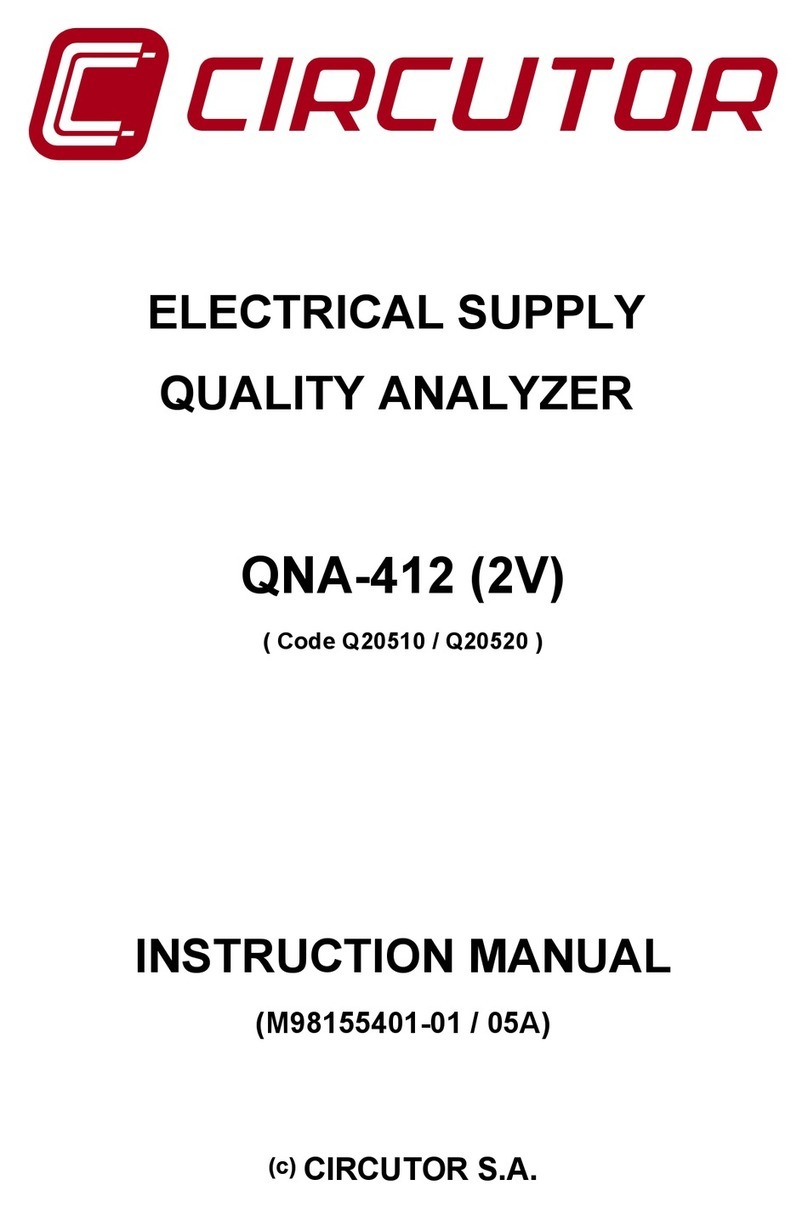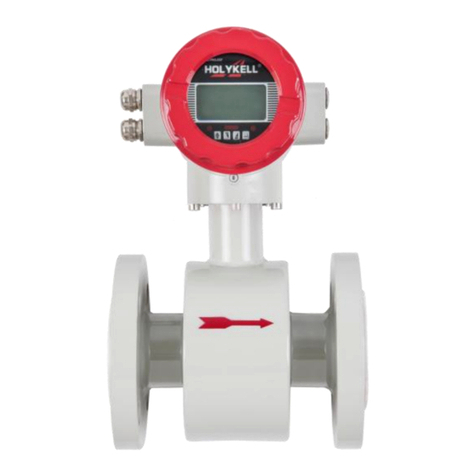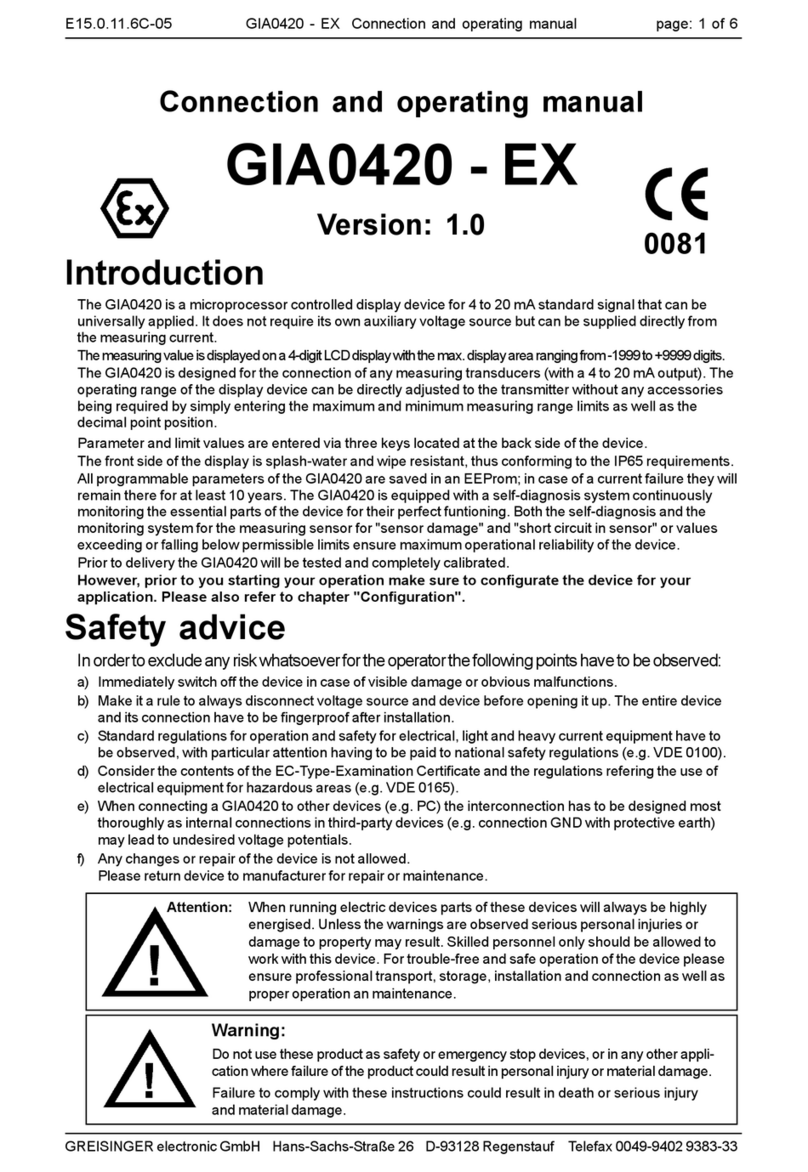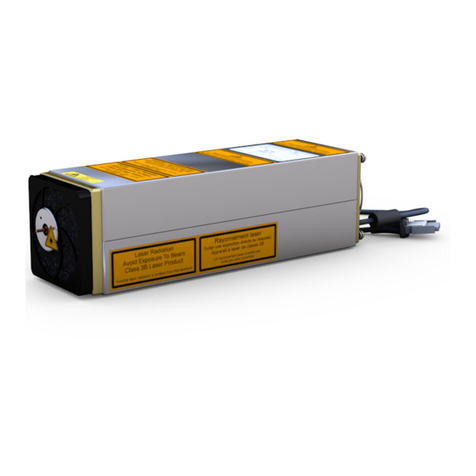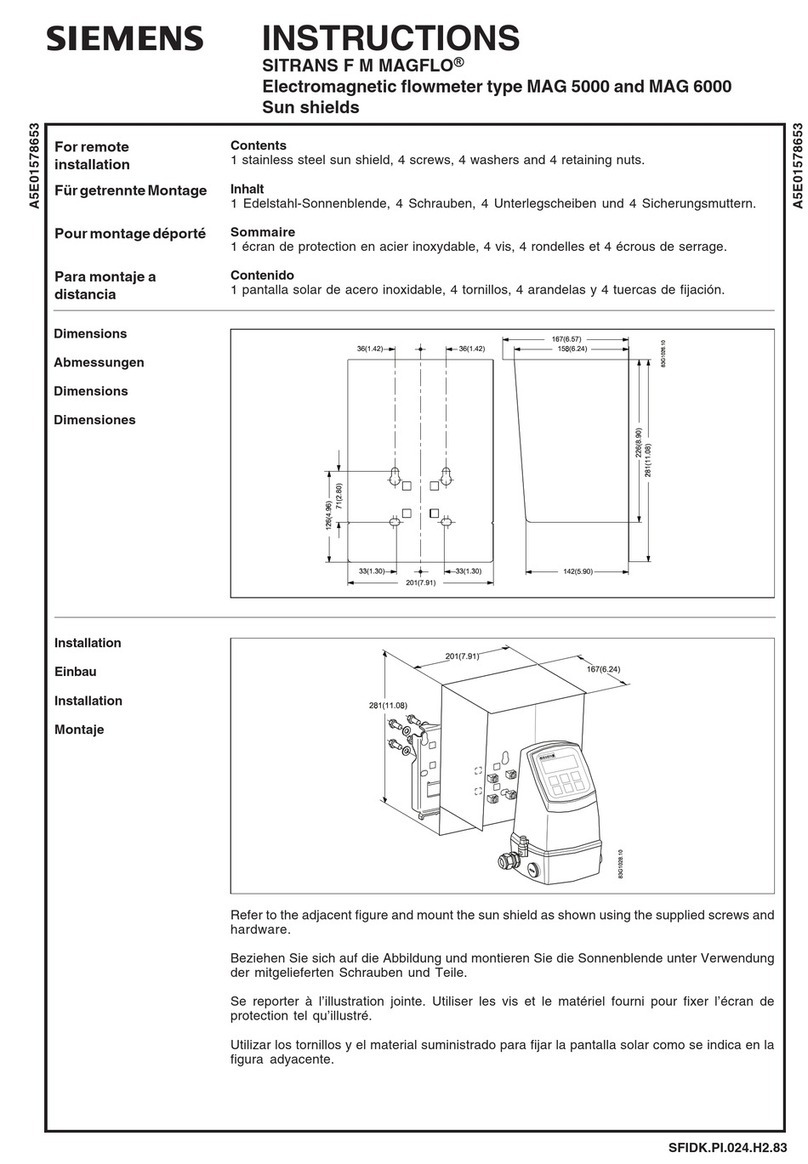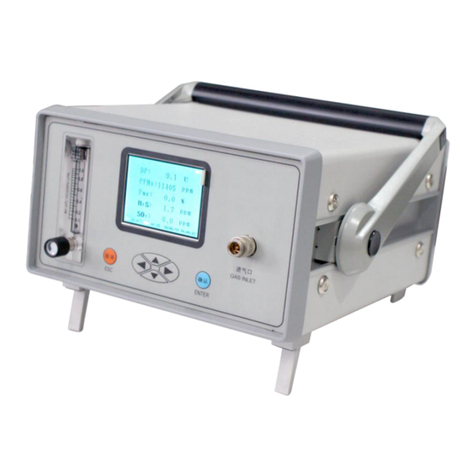
CV:31A Vibration Meter User Manual
Introduction ................................................................................................................. 5
Instrument Overview ................................................................................................... 5
Getting started with the CV:31A ................................................................................... 6
Switching on and Connecting the Sensor ..........................................................................6
Hand-Arm Vibration Measurement with the CV:31A ..................................................... 7
Measuring Points for Hand-Arm Vibration .........................................................................7
CV:31A Settings for Hand-Arm Vibration measurements ....................................................8
Whole-Body Measurement with the CV:31A ............................................................... 10
Measuring Points for Whole-Body Vibration .....................................................................10
CV:31A Settings for Whole-Body vibration measurements ................................................11
Whole-Body Measurement with RMS Values ...............................................................................11
Whole-Body Vibration Measurement with VDV Values ..................................................................13
Seat Effective Amplitude Transmissibility (SEAT).........................................................................14
General Vibration Measurement ................................................................................. 15
Data Logger................................................................................................................ 18
Frequency Analysis..................................................................................................... 19
Instrument Settings ................................................................................................... 19
Sensor Calibration .......................................................................................................19
Time & Date ...............................................................................................................20
Shut-off Timer ............................................................................................................20
Battery Type...............................................................................................................20
Battery Replacement ...................................................................................................21
Display Brightness .......................................................................................................22
Language ...................................................................................................................22
Default Settings ..........................................................................................................22
Data Memory .............................................................................................................. 23
Measurement data memory ..........................................................................................23
Data Logger Memory ...................................................................................................23
FFT Data Memory ........................................................................................................24
Keypad Lock ...............................................................................................................24
Instrument Reset ........................................................................................................24
Data Transfer to a PC ................................................................................................. 25
Connection to a PC ......................................................................................................25
Opening the Excel File CV31.xlsm..................................................................................25
Data import to the Excel worksheet ...............................................................................26
Calculation of Vibration Exposure A(8) and VDV(8) ..........................................................27
Data Logger Import .....................................................................................................28
FFT Import .................................................................................................................30
Appendix 1 Fundamentals of Human Vibration Measurement ..................................... 31
Introduction................................................................................................................31
EU Occupational Health Directive 2002/44/EC .................................................................31
Exposure Limit Values .............................................................................................................32
Appendix 2 Weighting Filters...................................................................................... 36
Hand-arm weighting filter Wh .......................................................................................36
Whole-body weighting filter Wd.....................................................................................36
Whole-body weighting filter Wk.....................................................................................37
Whole-body weighting filter Wb for passenger trains........................................................37
Whole-body weighting filter Wc for the backrest of seats ..................................................38
Whole-body weighting filter Wj for the head of recumbent persons ....................................38
Whole-body weighting filter Wm for persons in buildings ..................................................39
Appendix 3 Specifications........................................................................................... 40
Appendix 4 CE Declaration of Conformity ................................................................... 41



















